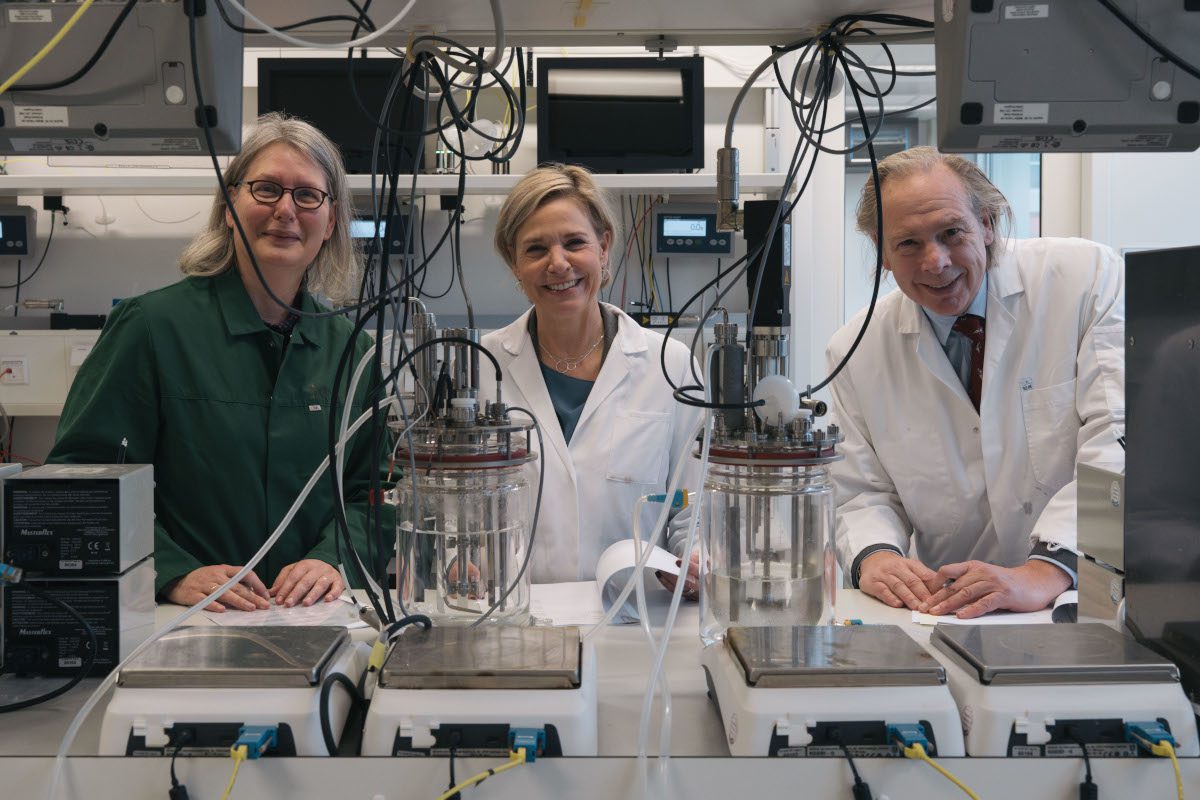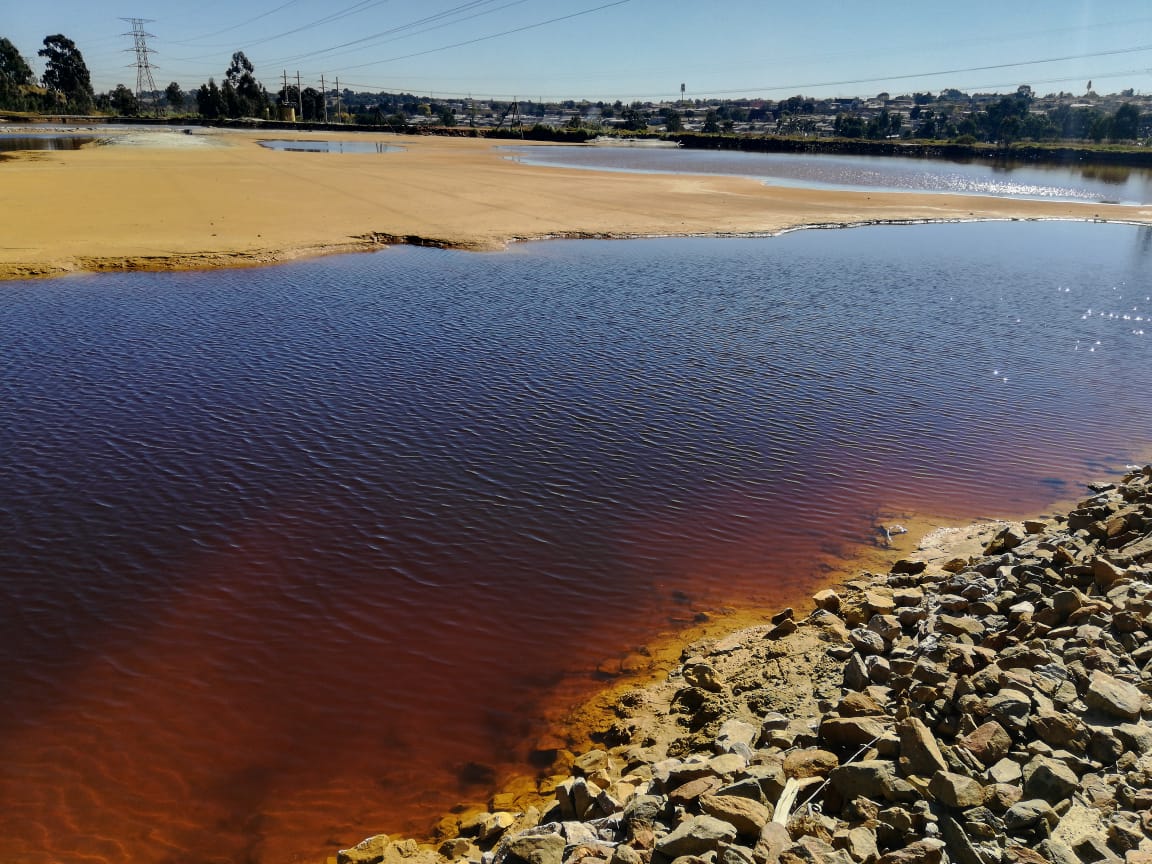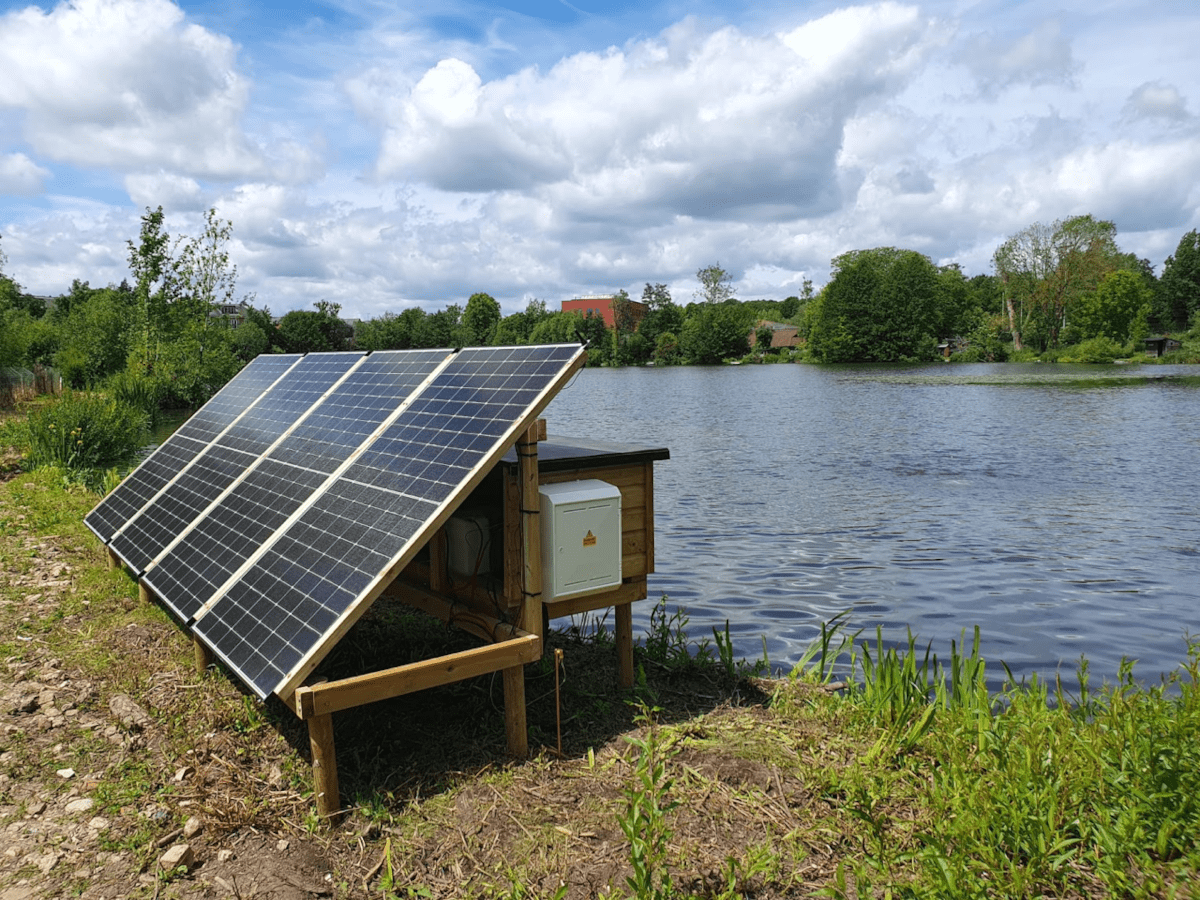Sona Dadhania of market intelligence firm IDTechEx offers a brief look into the global regulatory landscape of PFAS, including findings from the group’s new report “Per- and Polyfluoroalkyl Substances (PFAS) 2024: Emerging Applications, Alternatives, Regulations”.
The signing of the Stockholm Convention on Persistent Organic Pollutants (POPs) in 2001 marked a historic moment, as it was the first global treaty aimed at eliminating or restricting chemicals harmful to human and environmental health. The addition of perfluorooctanesulfonic acid (PFOS) to the Convention in 2009 marked yet another milestone, as PFOS and its related substances became the first of the PFAS family to be regulated on an international level. PFAS stands for per- and poly-fluoroalkyl substances and are colloquially called “forever chemicals” for their persistence in the environment. PFOS would not be the only “forever chemical” regulated by the Convention, as PFOA (perfluorooctanoic acid) and PFHxS (perfluorohexane sulfonate) were added in 2019 and 2022, respectively.
Despite the Stockholm Convention’s international reach, its inclusion of just three PFAS chemicals only scratches the surface of the PFAS family, which, under the OECD definition of PFAS, includes nearly 5,000 substances. Given that research is increasingly identifying further risks that different PFAS pose to human and environmental health, activists and legislators worldwide are beginning to take a more active approach to regulating PFAS.
With a new framework of PFAS regulations potentially developing internationally, it is essential for businesses to understand the new PFAS regulatory landscape to identify its potential effect on them. This is particularly relevant for businesses in emerging high-tech industries, whose technologies may rely on the utilization of PFAS. In IDTechEx’s report,
Asia-Pacific (APAC): Aligning with the Stockholm Convention
In major APAC countries such as China, Japan, and South Korea, there appears to be a general trend towards adopting and enforcing the restrictions on the specific PFAS outlined in the Stockholm Convention. This is most notable for China, which is a major chemical producer (including PFAS like PFOA). However, China does appear to be increasing regulations on its chemical industry broadly, having published the first List of New Pollutants for Priority Management in 2023.
Still, for the most part, APAC countries do not appear to be moving towards broader PFAS bans beyond those PFAS identified in the Stockholm Convention. However, there are some instances of PFAS regulations being introduced for specific industries. For example, South Korea proposed the ban of 8 PFAS in the cosmetics industry in 2022.
Europe: The most aggressive approach to PFAS regulation
The introduction of the universal PFAS restriction by the European Union (EU) was by far the most aggressive approach to regulating PFAS to be considered. Under this restriction, the manufacture, import, and use of all PFAS would be banned in the EU, except for very specific exceptions. Currently, the European Commission is debating the proposal, having received over 5,000 from relevant stakeholders last year.
The universal PFAS proposal does allow for time-limited exceptions, where certain industries lacking an appropriate alternative to PFAS or needing time to ramp up production of the alternative would have more time to comply with regulations. For example, in the initial proposal, proton exchange membranes for fuel cells were identified as an area requiring a time-limited exception. PFSA (perfluorosulfonic acid) membranes are key materials in this field, and IDTechEx’s report examines potential alternatives for this key fluorinated material.
United States: A mixed approach to PFAS on a federal and state level
The United States (US) is a key economic market for PFAS, but the approaches to PFAS regulations in the US are far from settled. For starters, the US is technically not a signatory to the Stockholm Convention. On a federal level, the US Environmental Protection Agency (EPA) is responsible for regulating and managing harmful chemicals, and a key priority for the US EPA currently is to control the level of PFAS found in municipal water supplies. Still, at a federal level, no PFAS is definitively banned; instead, the US EPA has regulations in place to prevent companies from resuming the manufacture, import, and use of phased-out PFAS. There are also programs to encourage the voluntary phase out of certain PFAS by companies.
However, at the state level, there are far more aggressive regulations on PFAS being adopted. Both Maine and Minnesota have adopted universal PFAS restrictions similar to the restrictions being debated in the EU. Other states are restricting PFAS in key consumer-facing sectors, like food packaging and cosmetics. A key market to monitor will be California; they are already restricting PFAS in numerous industries, and in 2024, a state legislator introduced a bill to ban all PFAS in the state.
For more information on the IDTechEx report “Per- and Polyfluoroalkyl Substances (PFAS) 2024: Emerging Applications, Alternatives, Regulations”, including downloadable sample pages, visit www.IDTechEx.com/PFAS.

















